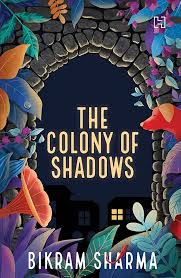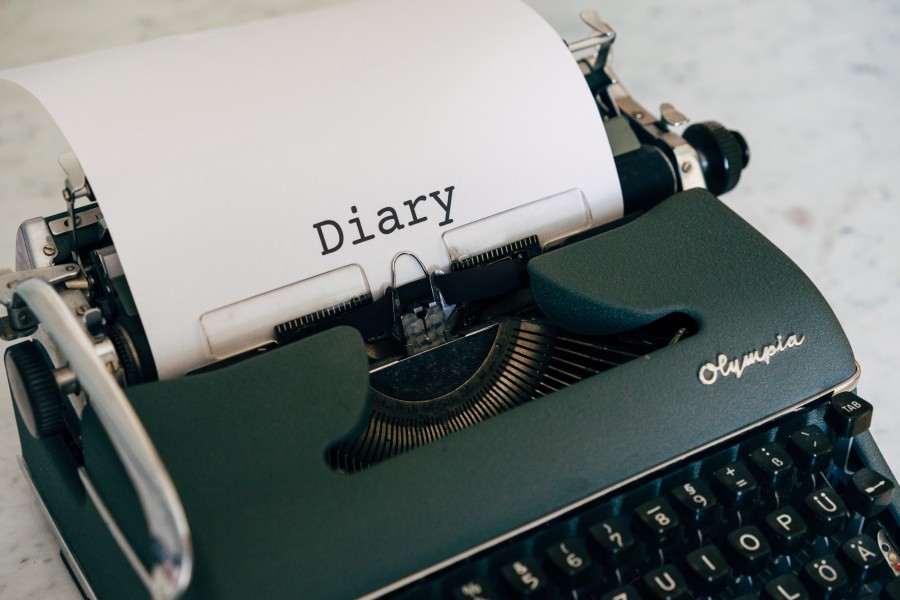Imagine a world where all of us are emotionally aware and direct our energies to understand our own selves.
Now, think that we pass on this knowledge of reflection and subsequent clarity of thought to our children, so that they can make sense of the world around them, how they react to situations and identify and manage their deep-rooted emotions.
Book Blurb
Psst! Here’s a secret – we understand what you’re feeling.
Some days you’re soaring high, on others you’re down, and sometimes you’re blank as a canvas, not even bothered to tie your shoelaces. Feeling nothing at all. Nada. Zip. Zilch.
YOU are not alone.
It’s all there, mapped out on the Wheel of Emotions. You’ll see when you join Amit, Susie, Moin, Frenny and Neela on their journeys through emotional ups and downs, showing you exactly where your feeling fits. Once you’ve located it, the Wheel is like a lantern guiding you through the twists and turns of life. Showing you how your feelings affect your thoughts, words and actions.
Oh, and let’s not forget Sku. Who’s Sku, you ask? Just a rare and dazzling ‘mind finder’, a sunbird who’s flown all the way from Tibet, and who knows what’s what. He’s carrying the secret of the Secret, which he learned from the boy-monk Dorji. And he’s willing to share the secrets with YOU.
Review
Oh, So Emo! by Gayatri, a therapist, a qualified practitioner of Buddhist psychology has penned a wonderful book that can used by children and adults alike to name their emotions, identify what they are feeling, work out and work with their emotions on a deeper level with positive affirmations to keep them going.
The book starts with the story of Buddhist monks walking through Tibet towards the India border. Dorji, a 10 yr old wise boy and his rescued sunbird Sku engage in a discussion and conversation about emotions, feelings and actions and how they manifest in the body.
The conversation is deep but engaging and relatable for children. Sku goes on to get other winged friends later, all of them as intuitive as Sku, helping children as they struggle to terms with the world around them.
The circumstances that the children in the book face are very realistic, without being cliched. As the stories unfold, the reader is presented varied emotions in a very engaging manner.
While reading the book, I quite looked forward to these emotions, an explanation of what they feel like, how to recognise them, practical tips on what to do about it, along with brilliantly worded affirmations.
For young readers, there is a colourful, detachable poster of the Wheel of Emotions for quick and easy reference.
Oh, So Emo! is a good book to have in your home library. The children would of course not read about all emotions all at once and maybe find a few too unfamiliar and complex but the book would serve as a good reference/reminder to them over the years.
With delightful illustrations by Shamika Chaves and a bright book cover, the book is like a friend, supporting and accepting and always there for you.
About the Author
Gayatri holds a Masters in English Literature, PG diploma in Journalism, Counselling Psychology, and Applied Buddhist Psychology and Ethics, a Nalanda Diploma in Buddhist Philosophy and is a student of the 5-year Nalanda Masters in Buddhist Philosophy, under the aegis of His Holiness the Dalai Lama. She is a practitioner of Vipassana, and the Ngondro Gar under the lineage of Dzongsar Khyentse Rinpoche. She studied Vedic Culture & Spirituality and Indian Philosophy at Sri Satya Sai Institute of Higher Learning, Puttaparthi.
She has worked in the Indian media for 22 years and is a mental health columnist for MoneyControl. Her non-fiction work has appeared in the Hindustan Times, India Today and Mint Lounge, and also as part of an award-winning anthology of Out of Print edited by Meena Kandasamy and Samhita Arni. Her poetry has been shortlisted for the Bridport Prize 2021 and featured in the Converse Anthology commemorating 75 years of Indian Independence in 2022, among others. She’s lived in Lagos, Nigeria; Kodaikanal, TN; and Thane, Maharashtra, and is currently a resident of Mysuru. She is the founder of Shamah | a mind-body-spirit alignment practice.
You can buy the book on Amazon.










